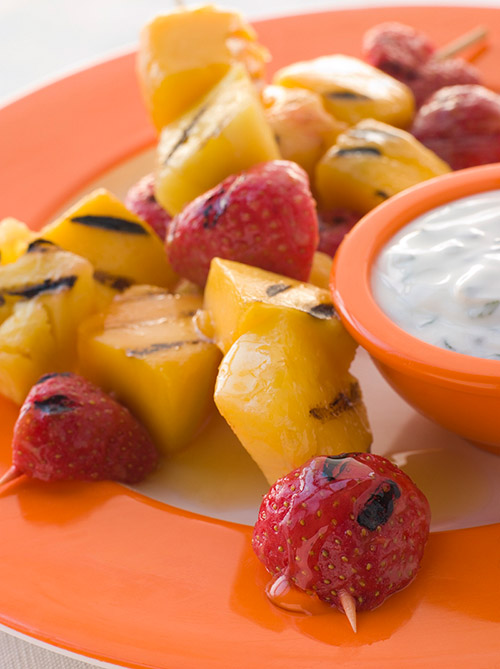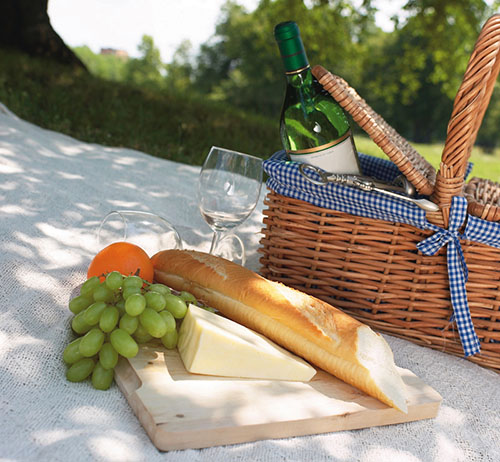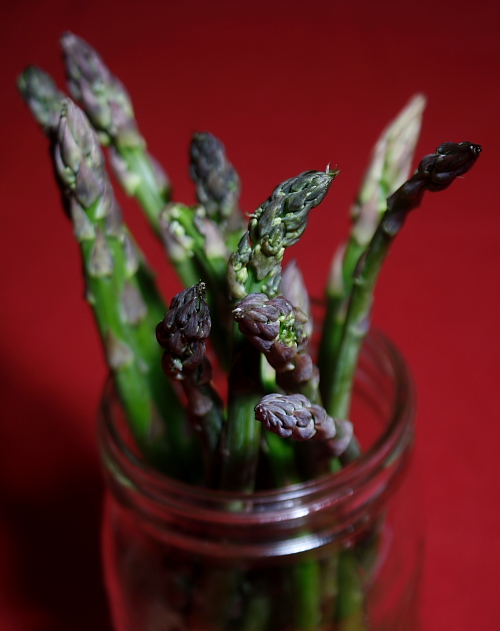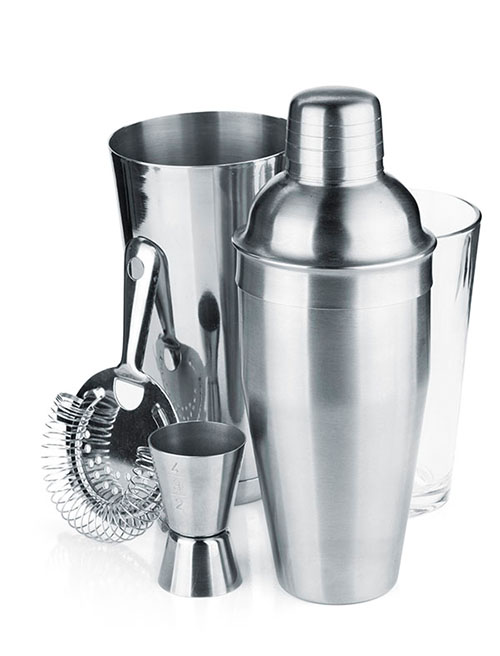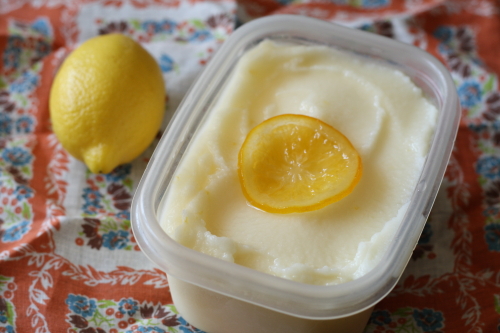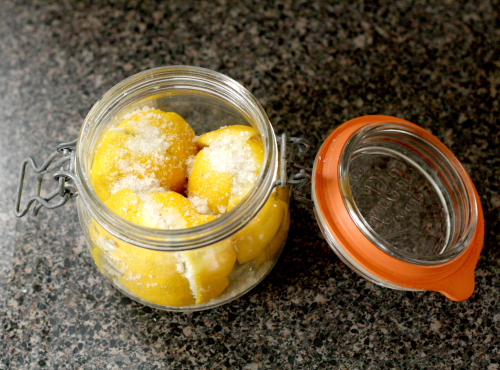It’s the feast we wait for all year. If it’s your turn to host dinner this Thanksgiving, it’s time to prepare and organize. Dinner plans are best not left to the last minute. In fact, with careful preparation, you’ll be more relaxed and more likely to fully enjoy the day. Here’s a simple guide to easy and stress-free planning.
3 to 1 ½ weeks before – Start planning your menu and place your order if planning to serve a fresh turkey. If you’ll be purchasing a prepared turkey dinner, you should place your order 2 weeks in advance.
1 week before – Make a shopping list. Divide your list into two parts: 1) the things you need right away and 2) groceries that should be purchased last minute, such as perishable items.
five to four days before – Shop for groceries. Double check your list to make sure you have everything you need. If you’re cooking a frozen turkey, begin to thaw it. Defrosting in the refrigerator can take three to four days, depending on the size of the bird. A thawed turkey can keep in the refrigerator for two days.
three days before – If you’re using a fresh turkey, pick it up today.
two days before – Finish details. Pick up any rented items, last minute perishables and floral centerpieces. Select serving dishes and utensils, as well as set the table.
one day before – Prep, cover and refrigerate vegetables for side dishes. Prepare any dishes that can be made in advance and prep vegetables for side dishes; cover and refrigerate. Some drinks can be prepared ahead of time as well.
Thanksgiving – Early in the day, cook the turkey and any other dishes not already prepared. Finally, relax and enjoy the day!







